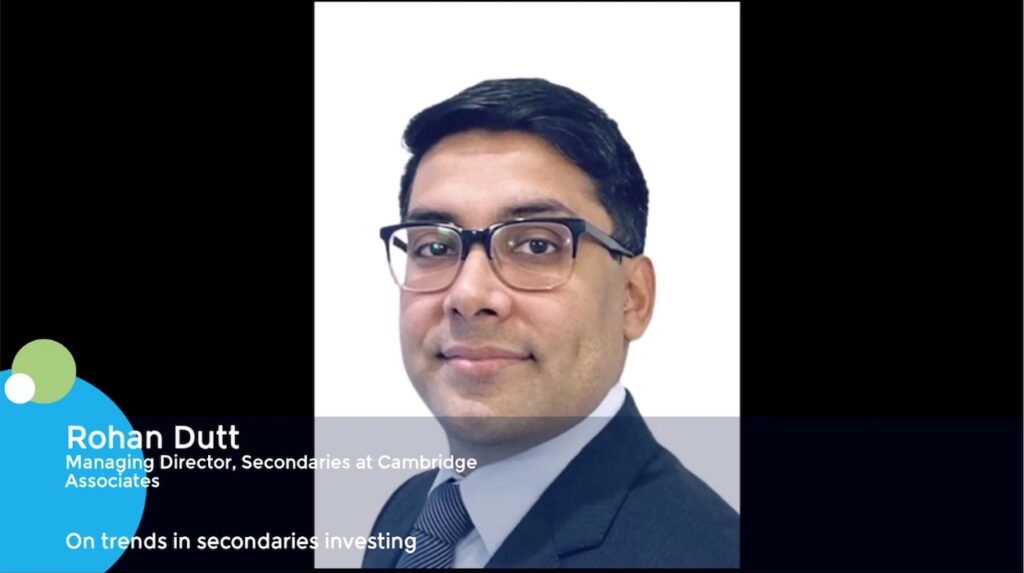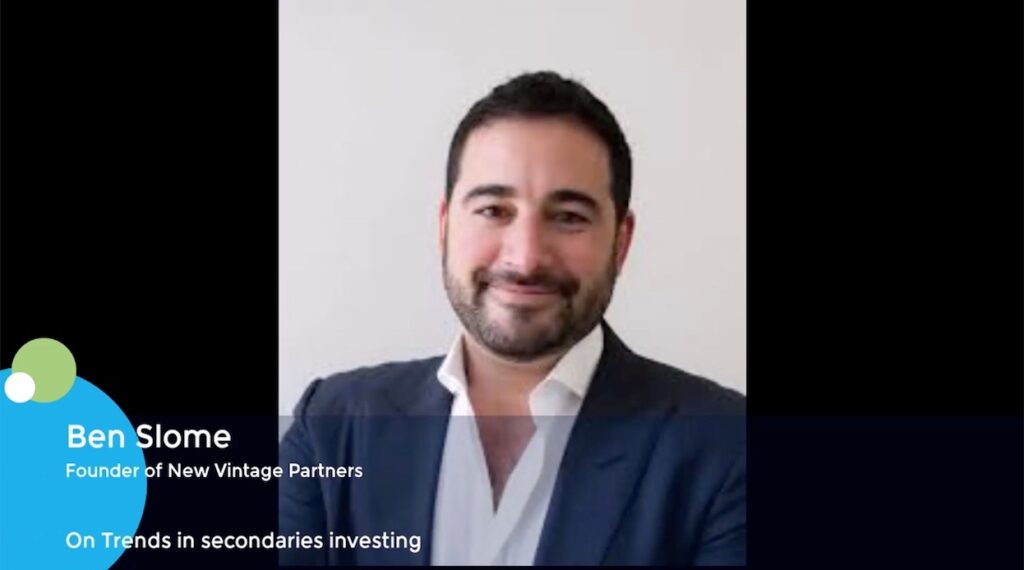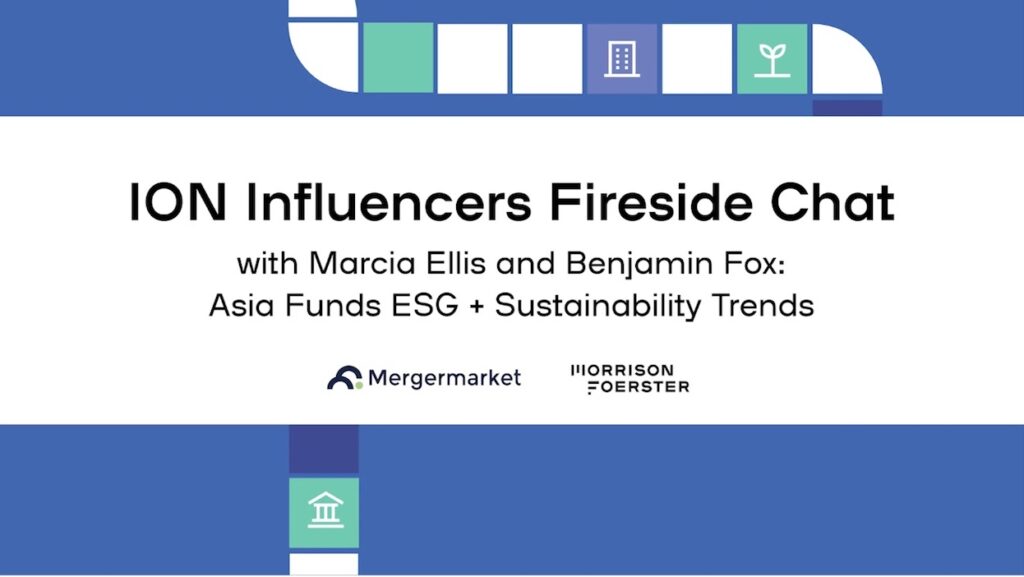Chris Larson, Managing Director and Co-head of Equity Group at Monroe Capital, on attractiveness in middle market
In the latest episode of the ION Influencers Fireside Chat, Chris Larson, Managing Director and Co-Head of the Equity Group at Monroe Capital, to explore how investors are identifying opportunities in the lower middle market — a segment often overlooked but increasingly rich with value.
From the evolution of the independent sponsor model to alignment in capital structures, Larson offered a deep dive into how Monroe Capital structures, sources, and evaluates deals in this dynamic space.
1. Understanding Monroe Capital’s Edge
Monroe Capital provides debt and equity capital to independent sponsors executing buyout transactions in the lower middle market. Larson’s team focuses primarily on family- and founder-owned businesses with $5–15 million EBITDA, helping professionalize and grow them before strategic or private equity exits.
“We’re really building the platforms that larger private equity firms later acquire,” Larson explained.
2. The Rise of Independent Sponsors
Over the last decade, the independent sponsor market has matured dramatically. Once dominated by ex-bankers and consultants, it now attracts seasoned private equity professionals seeking flexibility after facing succession bottlenecks or fundraising challenges post-COVID.
Today, more than 2,000 active independent sponsors operate in the U.S., collectively driving around $30 billion in annual transaction value.
“The ecosystem has evolved — today, an independent sponsor competes on equal footing with funded sponsors,” Larson noted.
3. Why the Lower Middle Market Stands Out
With 12 million baby boomer–owned businesses approaching succession and over 110,000 companies generating between $10–250 million in revenue, the lower middle market represents a massive supply of quality targets.
Independent sponsors are stepping into the gap — acquiring, professionalizing, and scaling these firms before selling them to larger sponsors.
Larson emphasized that competition remains manageable:
“We still see significant opportunity. The pipeline of sellers continues to grow faster than capital chasing them.”
4. How Monroe Sources and Filters 10,000 Deals a Year
Deal origination is Monroe’s core engine. Larson’s team of eight specialists, supported by 29 additional origination professionals, reviews 600+ actionable deals annually from a proprietary database of 1,600 independent sponsors — filtering roughly 10,000 potential opportunities to invest in just 8–10 transactions per year.
Key evaluation steps include:
-
Rigorous sponsor due diligence (experience, integrity, track record)
-
Benchmarking companies against Monroe’s 20-year data set
-
Assessing entry multiples, growth rates, and margin quality
5. What Makes an “Ideal” Independent Sponsor
Monroe favors two- to twelve-person sponsor teams with both financial and operational expertise. The firm avoids “one-man shops” and prioritizes sponsors who are deeply invested — both financially and professionally — in their deals.
“We look for sponsors who treat this as their lifelong business, not a side project,” Larson said.
Traits Monroe values most:
-
Proven value creation track record
-
Demonstrated entrepreneurial grit
-
Clear alignment of interests with investors and sellers
6. Creating Alignment Across All Stakeholders
For Larson, alignment is everything — not only financially, but also operationally. Monroe ensures founders, sponsors, and investors share a common understanding of the post-acquisition plan.
“If the CEO thinks he’s staying for five years, but the sponsor plans to replace him in six months, that’s a problem. We make sure everyone’s expectations are aligned from day one.”
This transparency extends to ensuring founders retain equity stakes and that sponsors commit significant personal capital to every deal.
7. Data, Discipline, and Diligence
Monroe’s database of past and passed deals — thousands each year — forms a powerful intelligence system. The firm categorizes and benchmarks every transaction to quickly assess new opportunities, saving time while enhancing decision quality.
“It’s impossible to deep-dive into 600 deals with an eight-person team. Data discipline lets us screen fast and smart,” Larson said.
8. The Evolving Role of Advisors
As the independent sponsor space matures, placement agents and advisory firms traditionally focused on emerging managers are entering the market to offer capital-raising services. Larson expects Monroe to deepen ties with these advisors to stay connected to quality deal flow.
9. Macro Trends: Filtering Signal from Noise
Despite global volatility — from tariffs to inflation — Larson views lower middle market companies as relatively insulated. Service and software businesses, in particular, remain resilient amid shifting macro conditions.
“Our businesses are less exposed to the macro noise than people think,” he said.
10. Credit Risk and Flexible Capital Structures
Addressing concerns about systemic credit risk, Larson emphasized that Monroe’s integrated debt-and-equity approach mitigates misalignment.
“When your debt provider is also your equity partner, you’re rowing in the same direction,” he noted.
Monroe’s ability to finance 100% of a capital structure — combining downside protection with upside participation — remains its competitive moat.
11. Investor Appetite and Growth Channels
Institutional and private wealth investors alike are drawn to Monroe’s hybrid model, which blends steady income from credit with equity upside from growth.
“It’s differentiated exposure to the lower middle market — with both protection and performance,” Larson summarized.
Key Takeaways
-
Independent sponsors are reshaping private equity, driving more flexible deal structures.
-
Lower middle market buyouts remain a high-opportunity, low-correlation space.
-
Alignment and sponsor quality are Monroe Capital’s key differentiators.
-
Data-driven origination and integrated capital solutions form the firm’s edge.
-
Investor interest spans both private wealth and institutional channels.
Key timestamps:
00:07 Introduction to the Fireside Chat
00:37 Understanding Monroe Capital and Its Role
01:14 Evolution of the Independent Sponsor Market
03:32 Attractiveness of the Lower Middle Market
04:34 Criteria for Interesting Transactions
05:38 The Origination Process Explained
07:08 Evaluating the Sponsor’s Role
08:44 Key Data Points for Sponsor Evaluation
10:10 Insights from Passed Transactions
10:55 Future Profiles of Originators
12:23 Characteristics of Ideal Sponsors
13:07 Ensuring Value Creation Beyond Tick Boxes
14:23 Assessing Entrepreneurial Spirit
15:22 Creating Alignment in Transactions
16:58 The Evolving Role of Advisors
17:26 Building Relationships with Advisory Firms
18:18 Concerns About Credit Risk
19:09 Flexible Debt and Equity Arrangements
20:11 Investor Feedback on Financing Solutions
20:51 Growth Channels: Private Wealth vs Institutional Investors











